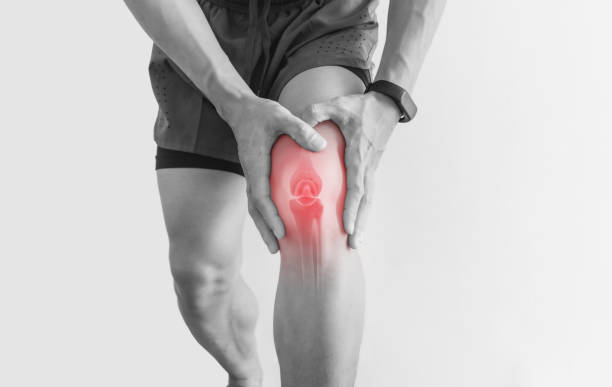
The treatment of knee arthritis typically involves a combination of conservative and medical approaches. Initially, doctors may recommend lifestyle modifications, such as weight management and physical therapy, to reduce strain on the knee joint. Medications like nonsteroidal anti-inflammatory drugs (NSAIDs) can help manage pain and inflammation. In more severe cases, injections of corticosteroids or hyaluronic acid may provide relief. When conservative methods are insufficient, surgical options like knee arthroscopy or knee replacement may be considered to improve mobility and alleviate pain.
Obesity – increased weight of the patient will put more strain to the joint and hence more prone for osteoarthritis
As it is a progressive disease , it requires a comprehensive approach towards management Each individual will respond differently to different types of treatment
Medications
Over the counter medicines – pain milers are available frequently , may help in
reducing the pain initially but may not help in reducing the infammation in the joint . Acelofeanc , paracetamol , tramadol are few medicines taken frequently
These medicines may help in pain relief initially but later on the side effects will predominate and regular intake is not recommended.
Counter-irritants – creams and ointments May give some relief by counter irritating the joints
This is also not a permanent treatment and gives initial treatment
Specific physical excercises for the joint to strengthen the muscles around the joint is of prime importance . This will increase the flexibility of the joint and will decrease the stiffness is the joint .
The excercises should be specific for each individual based on body type , age , regular activities .
Occupational therapy – occupational therapy to alter your daily activities and task so as to perform it properly without stressing on the joint more .
Joint replacements was done very frequently until few years back . The original damaged joint is removed and a metallic joint is put into the body . If Complications occur to replacement therapy then it is difficult to treat it again
Viscosuplementations – it is done to provide a jelly fluid in the joint which will prevent the friction between two bones. Injection of hayluronic acid is given whose composition is similar to the composition of the fluid inside the joint . Usually this will work between 3montns to one year
This can be repeated again once the pain starts
Cortisone injection – cortisone is a medication injected in the joint to decrease the pain by decreasing the inflammation. It’s a temporary method of decreasing pain
Radiofrequency ablation of the joint can be done under fluoroscopic and ultrasound
guidance . It will decrease the pain signals from the joint to be carried to the brain . It
is done using Radiofrequency machine and after identifying the target nerves ,
Radiofrequency waves are given to dampen the pain signals
This is a permanent treatment, done as day care procedure without any
complications
The results are similar to the replacement surgery
How to take care of your joint
Excercises to be done as advised by a physical therapist
Avoid taking pain killers
Weight reduction
Heat and cold therapies in severe pain
Braces may help in case where excessive movements is required
TENS therapy – resistant cases this therapy may help but for short term only
PANAX is one of the first multidisciplinary pain management center offering comprehensive non surgical pain management services.
All our Treatment are:
Physical examination of the joint – tenderness , swelling , crepitus , restricted joint movements.
Laboratory tests Blood test , Urine tests, joint fluid examination is done to rule out other types of arthritis.
Joint fluid analysis- repeated collection of fluid on the joint will require joint fluid analysis to rule out other causes of arthritis and joint pain like septic arthritis or tuberculosis of the joint.
X-rays – X-rays will show the loss of cartilage and loss of joint space , bony spurs, osteophytes , irregularities of the bones and will help in garding the stage of osteoarthritis.
CT Scan – taken from different angles and in different cross sections of internal structures
Ultrasound of the joint – this is the gold standard technique of identifying the joint, damaged cartilage , calculate the thickness of cartilage , abnormal bony spurs and ostophytes , presence of fluid of any , abnormalities of ligaments and muscles